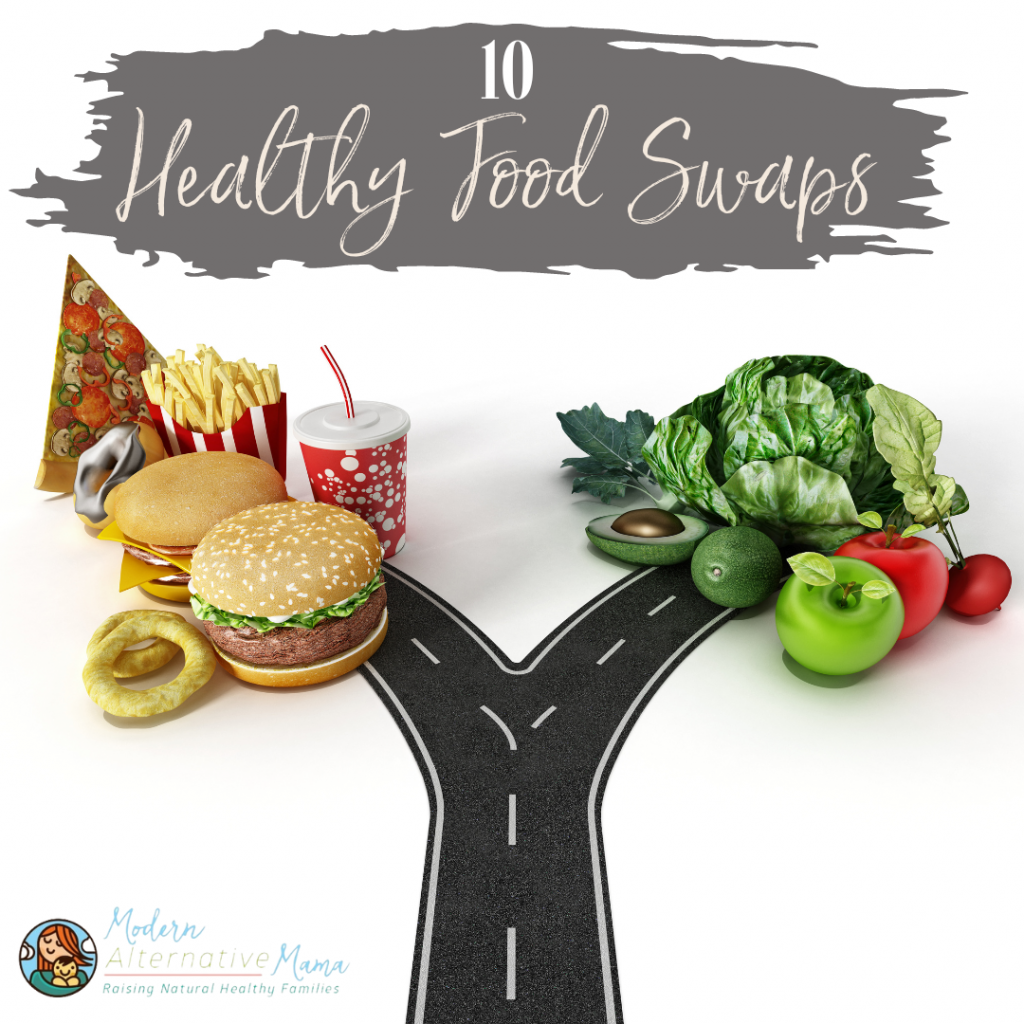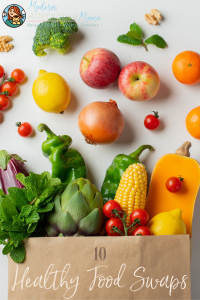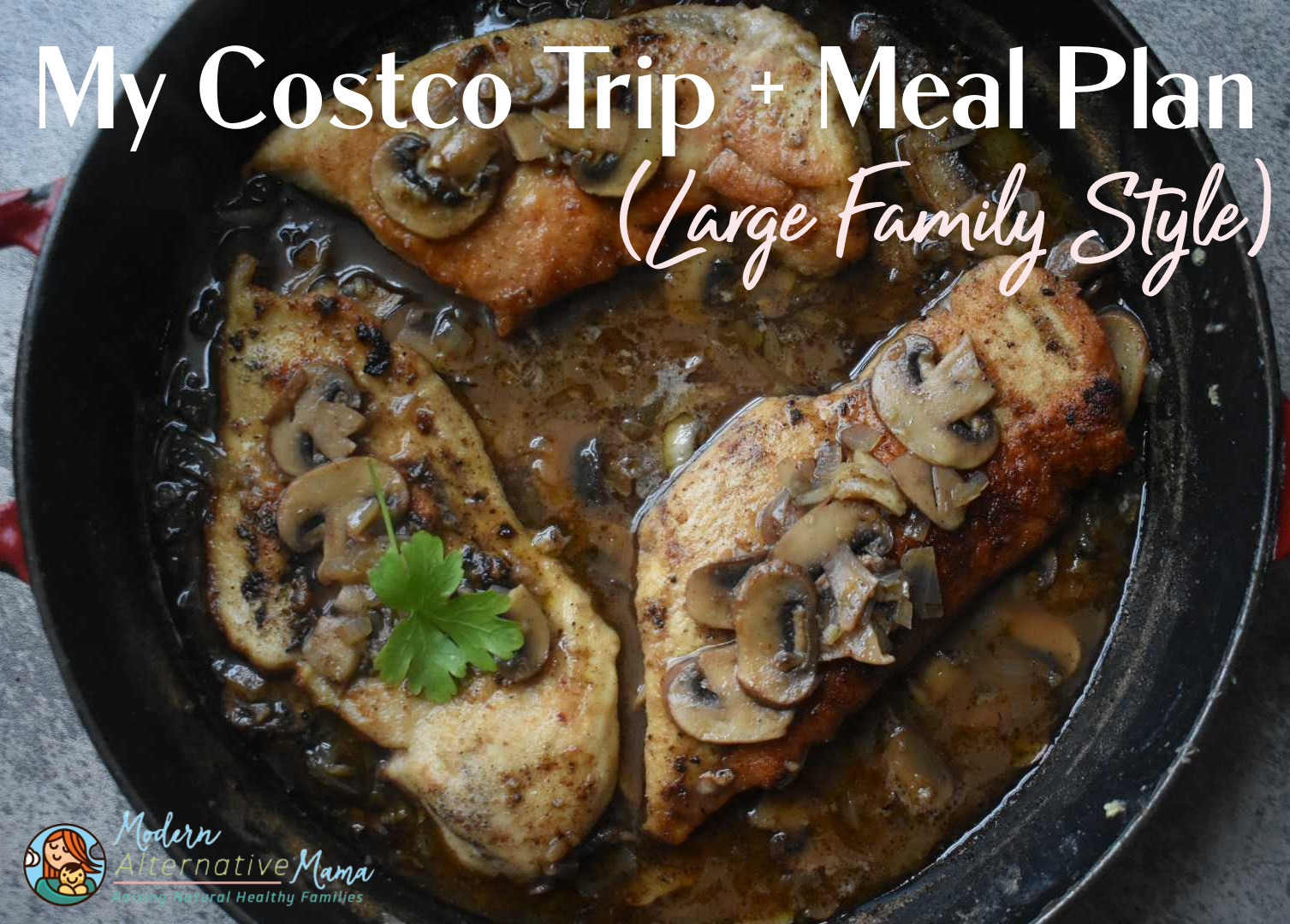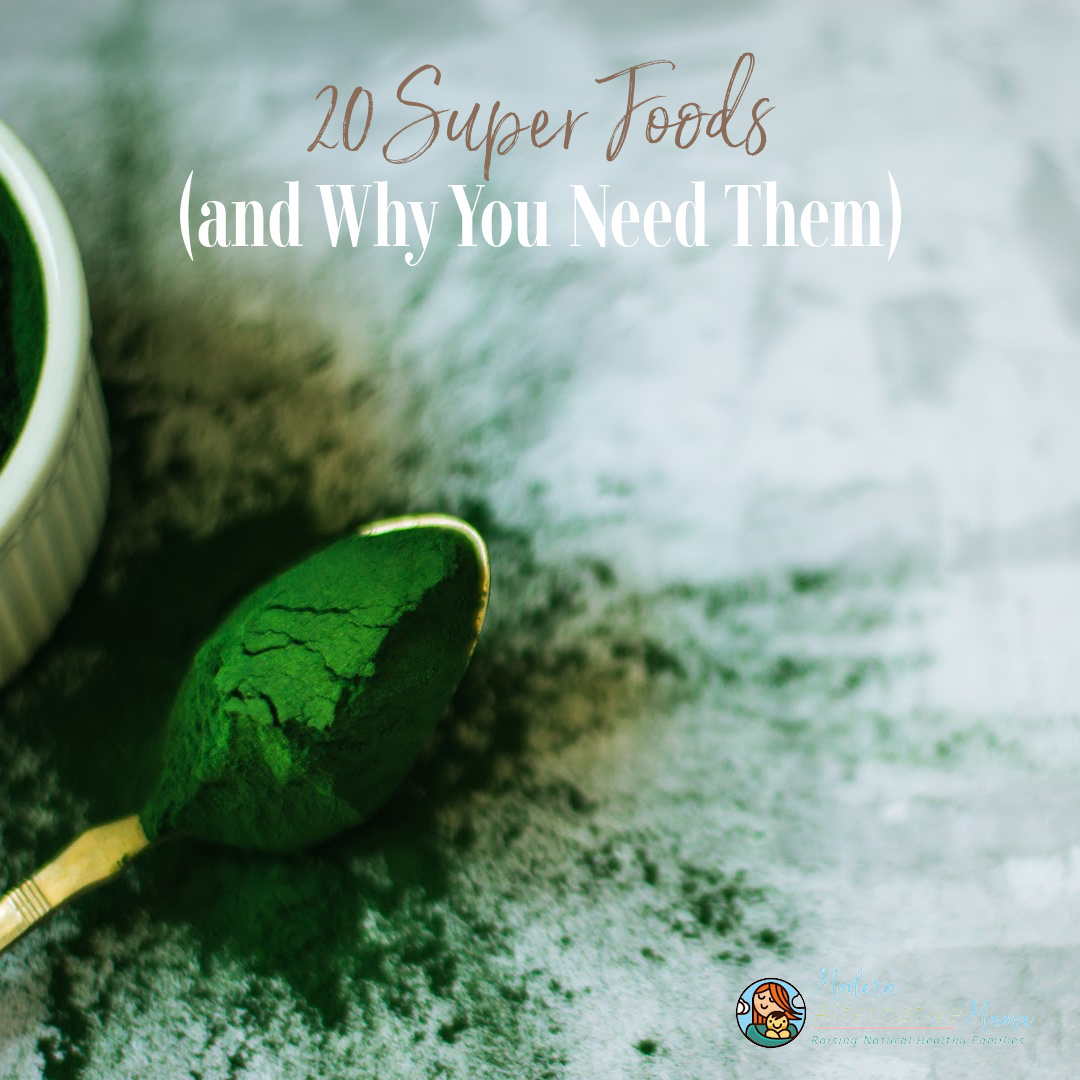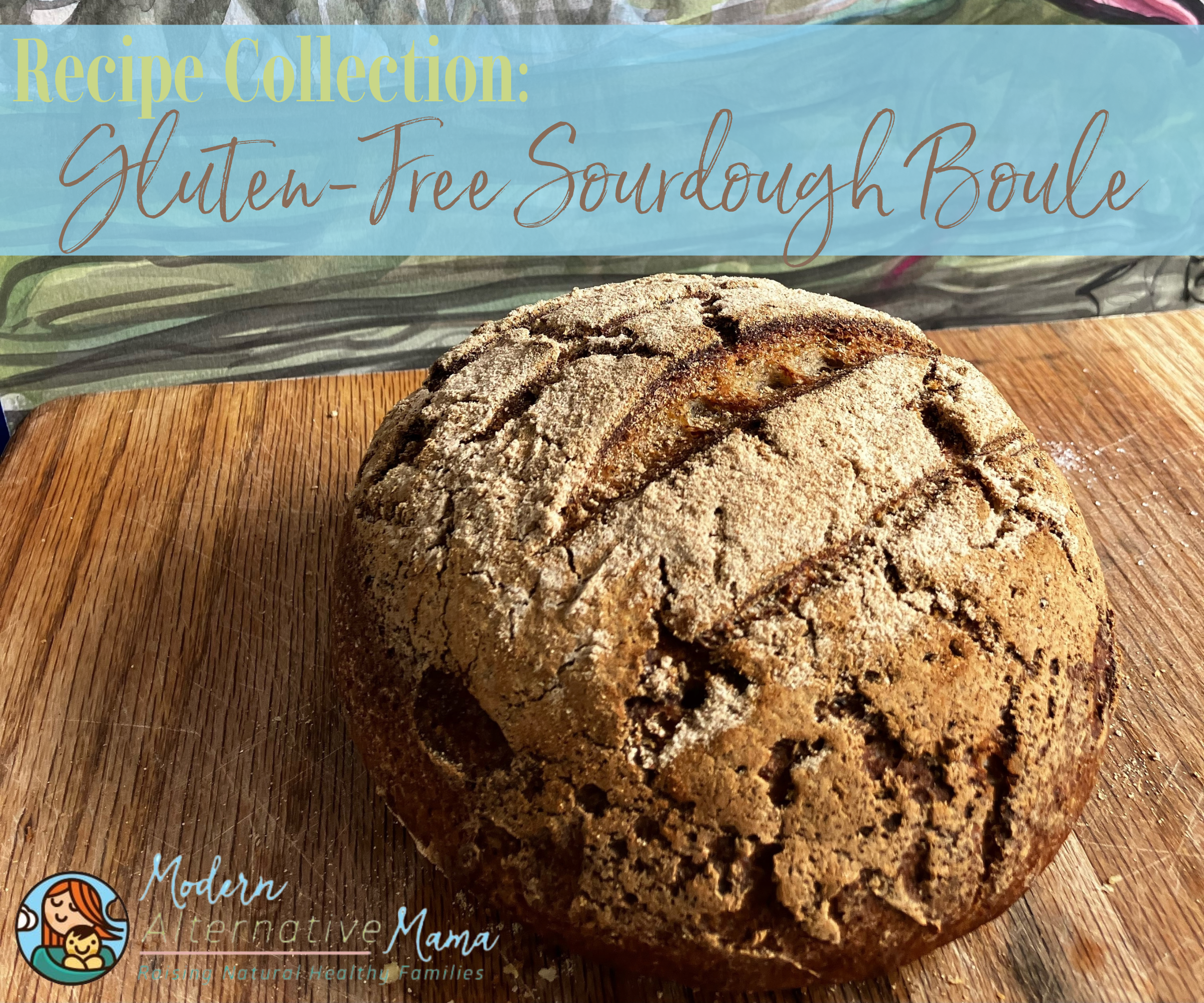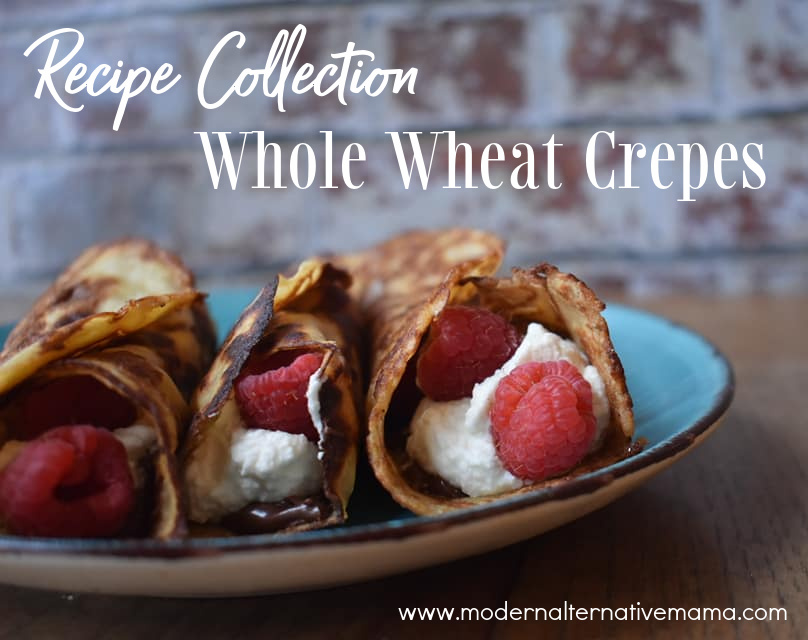I’ve been on my natural health journey since 2019, and I still receive comments from people telling me something I’m doing isn’t healthy. Since I am plant-based, I always get comments and negative remarks. “Well, vegan foods are still processed foods.” “Beyond meat is the equivalent of dog food.” “You need animal protein, or you’ll have deficiencies and are not really healthy.” I’ve heard it all, but the reality is most of these comments don’t pertain to me.
In my personal experience, I thrive on a plant-based diet. As someone who has overcome a large range of medical issues without the assistance of medication, I have found what works for me. Aside from being primarily whole-food plant-based, I have a gluten intolerance and soy allergy. I also practice the 80/20 rule. That means 80 percent of the time, I eat whole-food plant-based, while the other 20 percent, I am allowed to eat a little more freely while still avoiding major food toxins.
Let’s face it; your health journey is not all or nothing. It’s not about getting it all right every single day. It’s about taking steps that work for your needs and working towards a healthier lifestyle. Sometimes, that looks like ten healthy food swaps. I didn’t want to just focus on one lifestyle, so I ensured the swaps selected had organic, gluten-free, plant-based, and even some DIY options for a larger coverage of dietary lifestyles.
Bread
Everyone loves bread, but bread is often made with enriched and ultra-processed flour. Some ingredients you may find in cheaper quality bread may be:
Enriched Wheat Flour (Flour, Malted Barley Flour, Reduced Iron, Niacin, Thiamine Mononitrate [Vitamin B1], Riboflavin [Vitamin B2], Folic Acid), Water, Sugar, Yeast, Soybean Oil, Salt, Monoglycerides, Calcium Propionate (Preservative), Datem, Calcium Sulfate, Soy Lecithin, Citric Acid, Grain Vinegar, Wheat Gluten, Potassium Iodate, Monocalcium Phosphate.
I see many synthetic nutrients and unnecessary chemicals being passed off as food, so what alternatives can you use? Although they may not be the perfect alternative for every category, it’s about lessening the toxin load, so these are some of my favorites.
Organic option: Dave’s Killer Bread (also plant-based)
Gluten-free option: Little Northern Bakehouse (also plant-based with organic options available)
DIY options: Perfect Sourdough Bread or Homemade Whole Wheat Bread
Cheese
Cheese is probably the most addicting food you’ll come across, literally. I always hear it when I discuss my plant-based journey, “I could never do that; I NEED cheese.” That’s okay; not all lifestyles are for everyone, but we don’t want to settle for lower-quality cheeses with ingredients like:
Cheddar Cheese (Cultured Milk, Salt, Enzymes), Skim Milk, Milkfat, Milk Protein Concentrate, Whey, Calcium Phosphate, Sodium Phosphate, Contains Less Than 2% Of Modified Food Starch, Salt, Lactic Acid, Milk, Annatto And Paprika Extract (Color), Natamycin (A Natural Mold Inhibitor), Enzymes, Cheese Culture, Vitamin D3.
Quality cheese really only needs four ingredients: milk, cheese culture, salt, and enzymes. So why do brands need to add a million and one additives? I’ll tell you why; these filler ingredients make the cheese cheaper while supplying poorer-quality products. Here are some better alternatives you could try.
Organic options: Organic Valley
Plant-based option: Miyokos Creamery (also gluten-free with organic options available)
DIY option: > or Almond Ricotta Cheese
Chips
As they say, you can’t just have one chip. I’ll tell you right now; chips are my weakness; between the crunch and the flavor, it’s possible chips are more addicting than cheese (for me, at least). Personally, I love Simply Ruffles, but I know they aren’t the best ingredients. I mean, it’s still better than the traditional ingredients such as:
Potatoes, Vegetable Oil (Canola, Corn, Soybean, and/or Sunflower Oil), and Salt.
I know the ingredient list is short, but the problem is the seed oils, which we will discuss later. If I lived in a perfect world, I would just make my own potato chips instead of purchasing the processed stuff in the store, but beggars can’t be choosers. Nonetheless, here are some of the better alternatives readily available in most supermarkets.
Organic options: Spudlove (also plant-based and gluten-free)
Plant-based option: Seite (also gluten-free) or Hippeas (also organic and gluten-free)
DIY option: Kale Chips or Sweet Potato Chips
Condiments
Some people are condiment people, who need a condiment with everything they eat; I am one of those people. I love mayo, ketchup, mustard, BBQ sauce, and various dressings. Suppose you read our article about why you should make your own dressings. In that case, you know about some of the not-so-lovely ingredients found in condiments, such as:
Soybean Oil, Water, Sugar, Egg Yolk, Salt, Buttermilk, Contains Less Than 1% Of Natural Flavors (Contain Milk), Spices, Dried Garlic, Dried Onion, Distilled Vinegar, Phosphoric Acid, Xanthan Gum, Modified Food Starch, Monosodium Glutamate, Disodium Phosphate, Potassium Sorbate (Preservative), Sodium Benzoate (Preservative), Calcium Disodium Edta To Protect Flavor.
I see many avoidable chemicals, which is precisely why I recommend organic alternatives or making your own. Regarding condiments, most stores have their own brands dedicated to organic products; I highly recommend those options for a more cost-effective option. Here are some of my favorite brands.
Organic options: Nature’s Promise Organic (found in Food Lion and Hannaford with gluten-free, soy-free, and plant-based options available) or Simple Truth Organic (found in Harris Teeter and Kroger with gluten-free, soy-free, and plant-based options available)
Plant-based option: Daiya (also gluten and soy-free) or Primal Kitchen (gluten and soy-free options available)
DIY option: or Simple Italian Salad Dressing
Milk
Milk can be a very controversial topic. Many believe in the quote, “not my mom, not my milk.” Many also recognize that the mainstream milk industry isn’t as healthy as they’ve claimed. No matter where you stand, I’m sure you’d prefer quality milk of your liking, whether it’s store-bought dairy, dairy-free, or raw milk.
is:
- It increases the risk of diabetes, prostate cancer, ovarian cancer, broken bones, and osteoporosis.
- It contains 35% of your daily recommended allowance of saturated fat.
- It may cause antibiotic resistance if the cattle were treated with antibiotics.
- It can contain up to 100,000,000 somatic cells (pus cells).
- It contains hormones (estrogen, progesterone, corticoids, and androgens).
- It contains 24 mg of cholesterol per cup.
If you prefer to include dairy, consider purchasing organic or finding a local farmer who offers raw milk (below is a raw milk finder). Unlike ultra-pasteurized milk, raw milk is a living food full of unaltered nutrients. Here are some of my recommendations.
Raw option: Raw Milk Finder
Organic options: Horizon Organic or Organic Valley
Plant-based option: Elmhurst or Kiki Milk (also organic, gluten and soy-free)
DIY option:
Oil
If you read our article What You Should Know About Seed Oils & Are They Beneficial, you’d know Seed oils are derived from seed crops, which contain a high amount of omega-6 polyunsaturated fatty acid (PUFA) called linoleic acid. While a small amount is healthy and necessary for our body’s brain, growth, and development, these oils are becoming overly used. The body is not made to have more than 1-2% (daily calorie intake) of linoleic acid. Studies have shown that more than 2% may lead to obesity, heart disease, and diabetes.
I recommend avoiding seed oils such as canola, soybean, corn, cottonseed, sunflower, safflower, grapeseed, and rice bran. Instead, stick to either ghee, avocado, coconut, or extra virgin olive oil, and choose organic when possible.
Pasta
Pasta, now this is one I probably can’t live without. As an Italian, I need pasta at least weekly. As you can imagine, I was devastated when I discovered I was gluten intolerant. I tried many gluten-free pastas, but only two made the cut. Of course, gluten-free may not be for you, so we have an organic option for gluten lovers too. No matter what type of pasta you select, I’m sure it will be better than the traditional ingredients, which include:
Semolina (Wheat), Durum Flour (Wheat), Niacin, Ferrous Sulfate (Iron), Thiamin Mononitrate, Riboflavin, Folic Acid.
Remember, we don’t want synthetic vitamins as they don’t absorb well in most of the population. Here are my pasta recommendations.
Organic options: Montova (also plant-based and soy-free)
Gluten-free option: Ancient Harvest (also plant-based and soy-free with organic options) or Jovial (also plant-based, soy-free, and organic)
Pancake Mix
As someone who can never eat first thing in the morning, I must say, I love breakfast foods. That’s why we often do breakfast for dinner in my home. Pancakes are one of my favorite foods. I love them with some plant-based butter and organic maple syrup. When selecting a pancake mix, avoid the mainstream options with ingredients like:
Enriched Bleached Flour (Bleached Wheat Flour, Niacinamide, Reduced Iron, Thiamine Mononitrate, Riboflavin, Folic Acid), Sugar, Leavening (Baking Soda, Sodium Aluminum Phosphate, Monocalcium Phosphate), Dextrose, Buttermilk Powder, Palm Oil, Salt, Wheat Gluten, Corn Syrup Solids, Sodium Caseinate, Mono and Diglycerides, Dipotassium Phosphate, Lactic Acid, Tocopherols (to preserve freshness).
I see so many unnecessary food toxins and synthetic vitamins. This is something I was very cautious about when I was looking for a gluten-free alternative. Here are my pancake mix recommendations.
Organic options: Birch Benders (also plant-based, gluten, and soy-free options)
Gluten-free options: Bob’s Red Mill (also plant-based and soy-free), Purely Elizabeth (also plant-based and soy-free), or Simple Mills (also plant-based and soy-free)
DIY option: Pancake Mix
Seasoning
What is food without seasoning? I don’t know about you, but in my house, we love to season up our food with delicious and beneficial herbs that make our food taste better and have more healthful impacts. Suppose you read our article about why you should make your own seasonings. In that case, you know about some of the not-so-lovely ingredients found in seasoning, such as monosodium glutamate (MSG), sulfates, and reports have found lead, arsenic, and cadmium in some dried spices.
In my home, we cook with many Latin-inspired seasonings, and we absolutely love everything we’ve bought from Loísa’s Comida Real (in Spanish, “comida real” means real food).
Here are some of my other brand recommendations.
Organic options: Frontier Co-Op or Simply Organic
DIY option: Spice Mixes or Taco Seasoning
Sugar
If you read our blog about sugar alternatives, you already know sugar is another highly addictive food. Unfortunately, excess sugar is the cause of many ailments like obesity, heart disease, diabetes, cancer, and more. Of course, sugar is also a highly processed food. Roughly fifty to sixty percent of US sugar comes from sugar beets—and almost all of that comes from a genetically modified version of the plant.
This is why I caution against traditional sugar and recommend purchasing organic cane sugar (this will at least avoid GMOs). Some of my favorite sugar alternatives are raw honey, dates, date syrup, coconut sugar, and monk fruit sweetener, all easily found in just about any supermarket.

